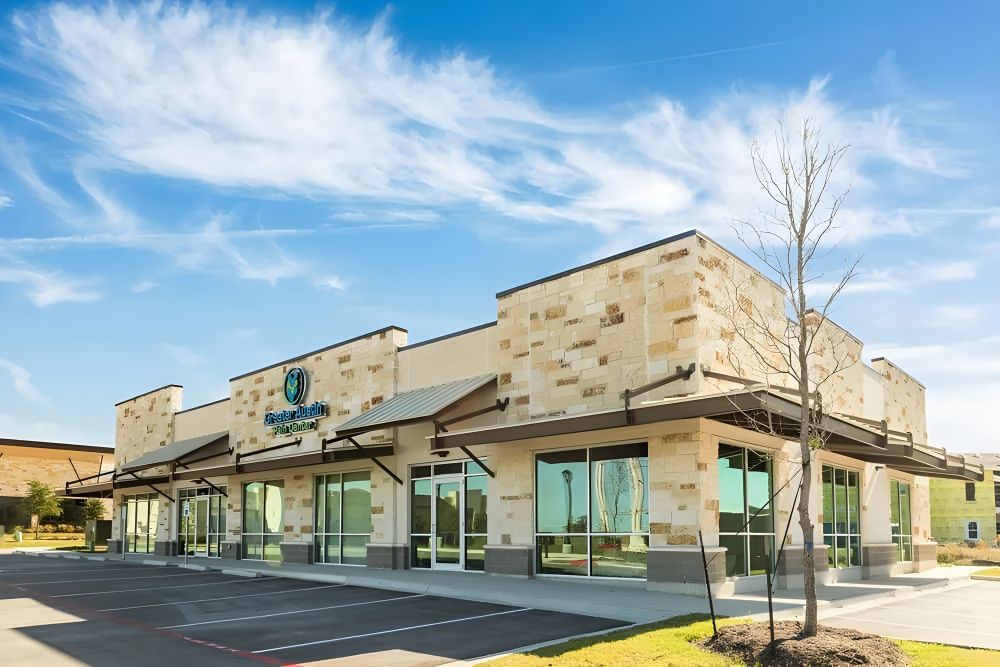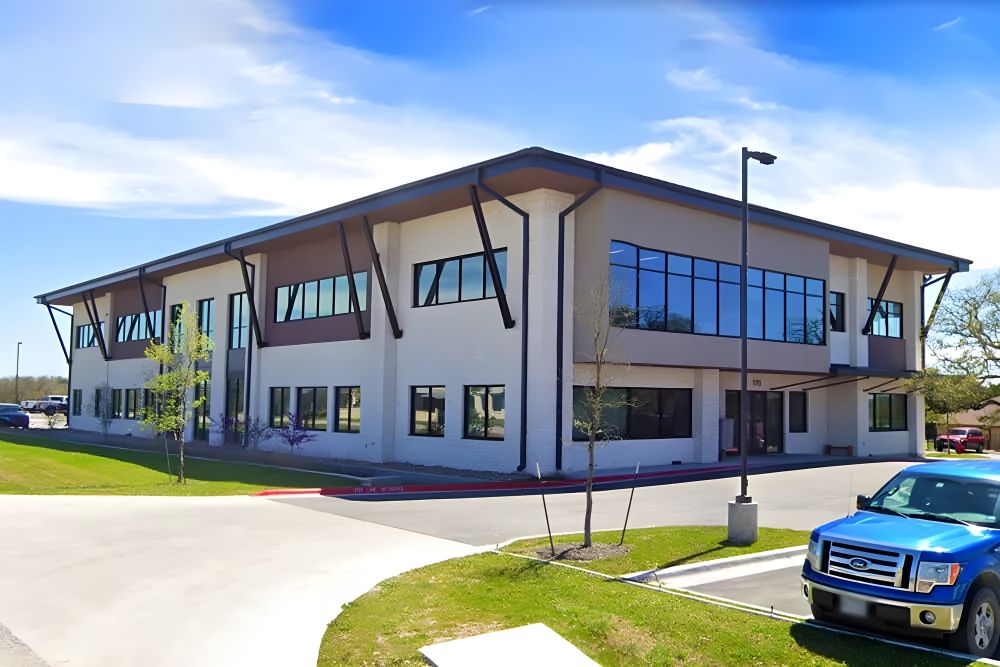Pain Management Without Opioids: What Are Your Options?
October 3, 2025
.png)
For many years, opioids were one of the most common treatments for managing chronic pain. While they can provide short-term relief, opioids also carry significant risks, including dependence, tolerance, and dangerous side effects. At Greater Austin Pain Center, our pain specialists focus on safer, more effective alternatives that help patients improve their quality of life without relying on opioids.
If you’re struggling with chronic pain, you may be wondering what options exist outside of traditional pain medications. The good news is that there are many treatments available that target the root cause of pain, restore mobility, and support long-term healing.
Why Look Beyond Opioids?
Opioids work by blocking pain signals in the brain, which can provide temporary relief. However, they do not address the underlying condition causing the pain. Over time, patients often develop tolerance, meaning they need higher doses for the same effect. This can quickly lead to dependence and increase the risk of addiction.
Other side effects of long-term opioid use may include:
- Constipation and digestive issues
- Hormonal changes
- Increased sensitivity to pain (hyperalgesia)
- Drowsiness and impaired concentration
- Risk of overdose
Because of these risks, both doctors and patients are increasingly looking for safer, more sustainable ways to manage pain. The goal of modern pain management is not just to mask pain, but to reduce inflammation, restore function, and improve quality of life.
Non-Opioid Pain Management Options
At Greater Austin Pain Center, we use a wide range of opioid-free strategies tailored to each patient’s needs. Here are some of the most effective options:
1. Interventional Pain Procedures
Interventional treatments are minimally invasive procedures that target pain at its source. These can provide longer-lasting relief without the risks of systemic medications.
- Nerve Blocks – Injections that temporarily stop pain signals from reaching the brain. They’re often used for conditions like sciatica, headaches, and certain joint pains.
- Radiofrequency Ablation (RFA) – Uses heat to disrupt nerve activity and can provide relief for six months or longer in many patients with arthritis or spinal pain.
- Spinal Cord Stimulation (SCS) – Involves implanting a device that delivers mild electrical signals to the spinal cord, altering the way the brain perceives pain.
These procedures can be particularly effective for patients with back pain, neuropathy, arthritis, or post-surgical pain.
2. Joint Injections & Regenerative Therapies
Joint pain, whether from arthritis, injury, or wear-and-tear, is one of the most common reasons patients seek care. Injections and regenerative treatments can help reduce inflammation and promote healing.
- Corticosteroid Injections – Provide quick relief by reducing inflammation in joints like the knee, hip, or shoulder.
- Hyaluronic Acid Injections – Help lubricate arthritic joints, reducing stiffness and improving mobility.
- Platelet-Rich Plasma (PRP) – Uses components of your own blood to stimulate tissue repair and support healing.
- Regenerative Therapies – Emerging treatments that encourage the body’s natural healing response for long-term improvement.
3. Medications Without Opioids
Not all pain requires narcotics. Many non-opioid medications can effectively reduce discomfort while minimizing risks.
- NSAIDs (Nonsteroidal Anti-Inflammatory Drugs) – Reduce pain and inflammation, commonly used for arthritis, muscle strains, and joint pain.
- Anticonvulsants – Originally designed for seizures, these medications are effective for nerve-related pain conditions like neuropathy or shingles.
- Antidepressants – Certain medications, particularly SNRIs and tricyclics, can help with nerve pain while also addressing the mood challenges that often accompany chronic pain.
- Topical Treatments – Creams, gels, or patches containing lidocaine or anti-inflammatories can provide localized relief.
4. Physical Therapy & Rehabilitation
Movement-based therapy is one of the most important parts of a long-term pain management plan. While it may feel counterintuitive to exercise when you’re in pain, gentle, structured movement can make a huge difference.
- Strengthens supporting muscles around joints
- Improves flexibility and range of motion
- Helps prevent future injuries
- Promotes circulation and healing
A physical therapist can also teach posture correction, ergonomics, and body mechanics that reduce daily strain. For patients recovering from surgery or injury, a structured rehabilitation program is often critical for full recovery.
5. Complementary & Holistic Care
Holistic therapies are increasingly recognized as valuable additions to comprehensive pain management plans. These approaches focus on treating the whole person; body, mind, and lifestyle.
- Acupuncture – Based on traditional Chinese medicine, acupuncture involves stimulating specific points to encourage natural pain relief.
- Massage Therapy – Reduces muscle tension, improves circulation, and promotes relaxation.
- Chiropractic Care – May be helpful for spinal alignment and mobility issues.
- Mind-Body Therapies – Yoga, meditation, mindfulness, and breathing techniques can lower stress, which often intensifies pain.
While these methods may not replace medical treatments, they can be powerful tools when combined with interventional and rehabilitative strategies.
The Importance of a Personalized Approach
Every patient’s pain experience is different. What works for one person may not work for another. That’s why at Greater Austin Pain Center, we develop customized care plans for each individual.
Your plan may include a combination of:
- Interventional procedures for targeted relief
- Medications for symptom management
- Physical therapy for strength and recovery
- Lifestyle adjustments and holistic care for long-term wellness
By approaching pain management from multiple angles, we help patients achieve more consistent and lasting relief without the risks of opioid dependence.
Living Well With Chronic Pain
Managing chronic pain without opioids is not just possible, it's often more effective in the long run. With the right treatment plan, many patients experience:
- Reduced pain intensity
- Improved ability to move and exercise
- Better sleep and mood
- Enhanced quality of life
Our team’s mission is to help you get back to doing the things you love, with less pain holding you back.
Take the Next Step Toward Relief
If you’re ready to explore pain management without opioids, our specialists at Greater Austin Pain Center are here to help. We’ll work with you to understand your pain, identify its source, and develop a plan tailored to your needs.
Schedule your consultation today at one of our convenient locations in Austin, Kyle, San Marcos, or Dripping Springs. Together, we can find safer, more effective solutions for lasting pain relief.

















